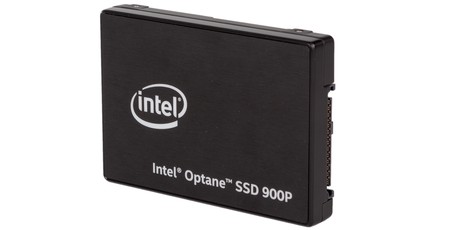
Performance Analysis
The burst nature of CrystalDiskMark means the Optane 900P doesn’t look all that good to begin with. As we said, raw throughput isn’t the focus, and although it is high here you can get even higher with quality NAND-based PCIe SSDs. The massive random read performance, however, is a result of the latency improvements.The one-hour Iometer workload is where the drive really shines. 3D XPoint does away with worrying about steady state performance; even when the drive is full the performance and response times remain the same as when it’s empty. This, plus the massive endurance, is why the technology is such a breakthrough and why the drives are predominantly targetted at workstation users. Even high-quality NAND drives average a response time of over 1ms, but with Intel you’re looking at an order of magnitude lower at little over 0.1ms. Out of almost 1 billion transactions here, only four strayed above 0.5ms, and the vast majority were between 50μS and 200μS
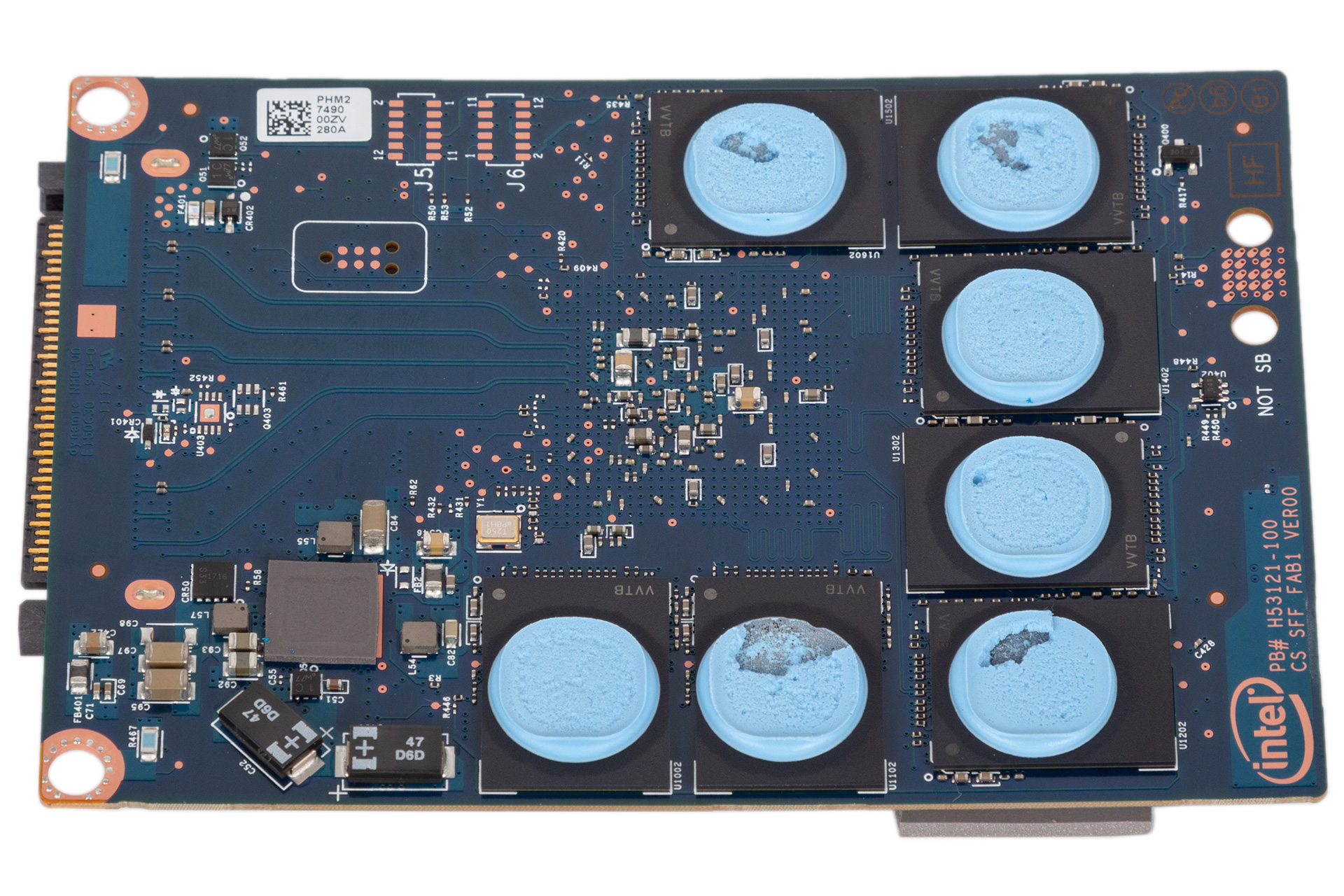
Sequential reads are slower than on the best NAND SSDs, but few would call the Optane one slow. The sequential write tests, however, give Intel the advantage again because of the consistency. The tests run for one minute, which is enough to fill up the fast pseudo-SLC caches that drives with TLC NAND use to achieve high burst performance. Direct-to-TLC speeds are slower, and thus the average comes down as the minute goes on. With Optane, however, the speed at the start is the same as at the end, and as we've seen it’d be the same after an hour too.
Low queue-depth random read performance is excellent, and while it’s not a whitewash on random write performance the Optane SSD is still overall the better drive here.
What is a whitewash is the mixed workload testing for both sequential and random data. Again, the Intel drive has no need for a fast cache, but what’s great is that mixed workloads bear no real impact on the raw speeds, which are very similar to just read or just write performance with equivalent data and queue depths.
PCMark 8, however, brings us back to reality, and while the Intel Optane SSD tops the charts every single time again, the real-world difference is very slim. NAND-based SSDs are very good at utilising idle time, which even power users will experience relatively often. Even so, the PCMark 8 detailed report does show a clear pattern of considerably lower access times on the Intel SSD.
Conclusion
It’s very clear that 3D XPoint is absolutely a revolutionary memory technology that slots in between DRAM and NAND as a non-volatile medium with high speed, high endurance, low latency, and a sensible cost per gigabyte. That said, the cost is still going to be too high for many to even consider it, and that’s fair enough given that 1TB NVMe SSDs are cheaper and will be just as fast in most scenarios where storage isn’t a limiting factor.
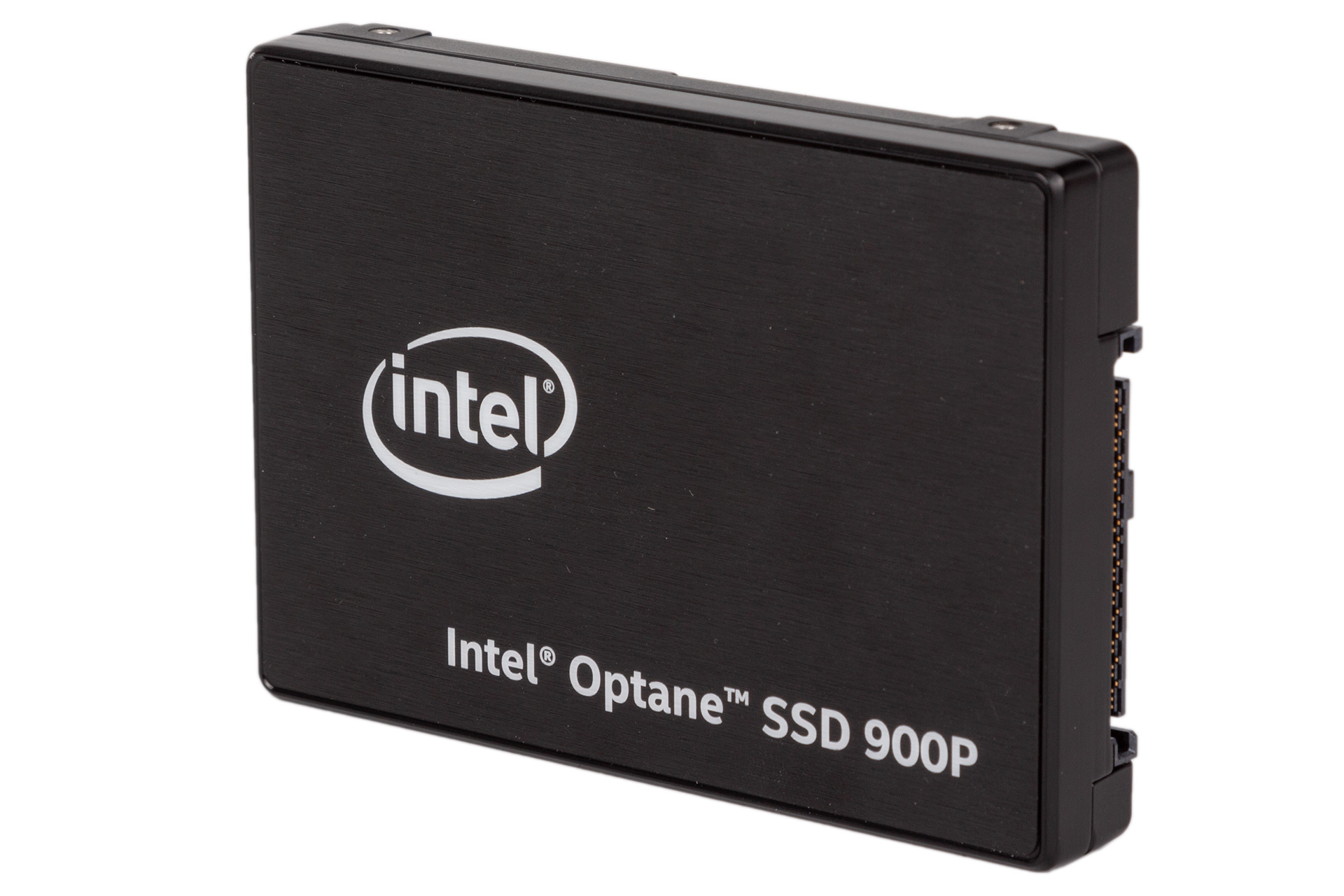
Intel’s original decision to market it towards gamers via a Star Citizen promotional deal aside, gamers and casual content creators are not the target market here. Right now the drive will only offer serious enough advantages to professional workstation users with write-heavy mixed workloads. If that’s you, Optane is well worth serious consideration.
The 280GB drive here does at least have the advantage of being the least expensive regardless of whether you choose U.2 or PCIe add-in-card, so it could certainly sway premium shoppers into buying it simply as an ultra-fast boot drive. We’re not recommending you do that, of course, but those bragging rights have got to be worth something, right?


MSI MPG Velox 100R Chassis Review
October 14 2021 | 15:04

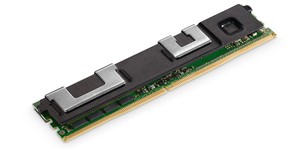
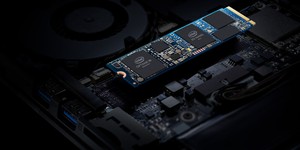
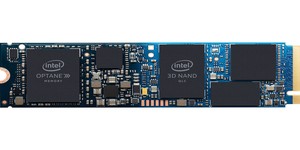





Want to comment? Please log in.